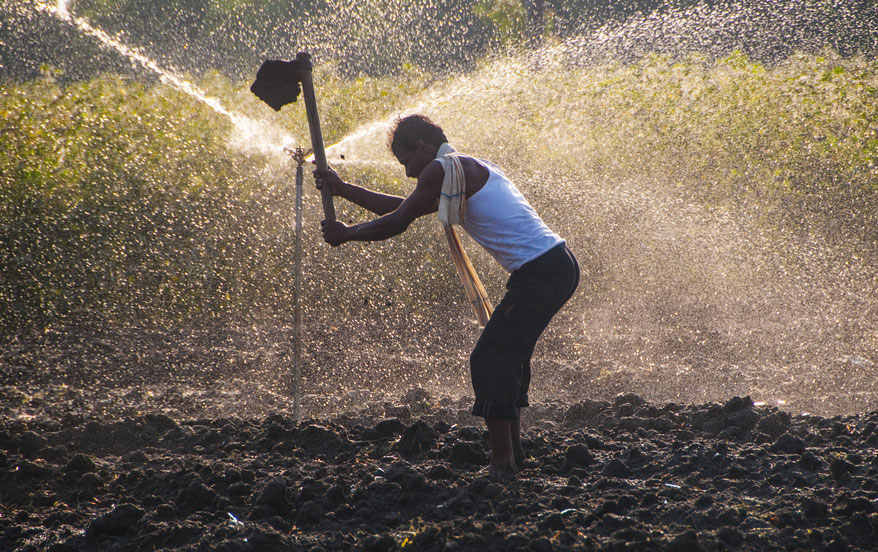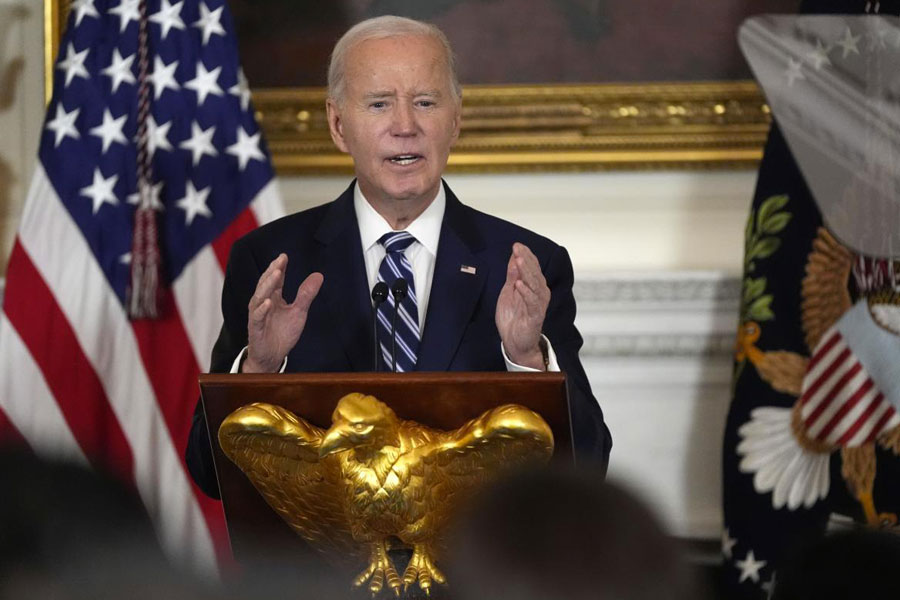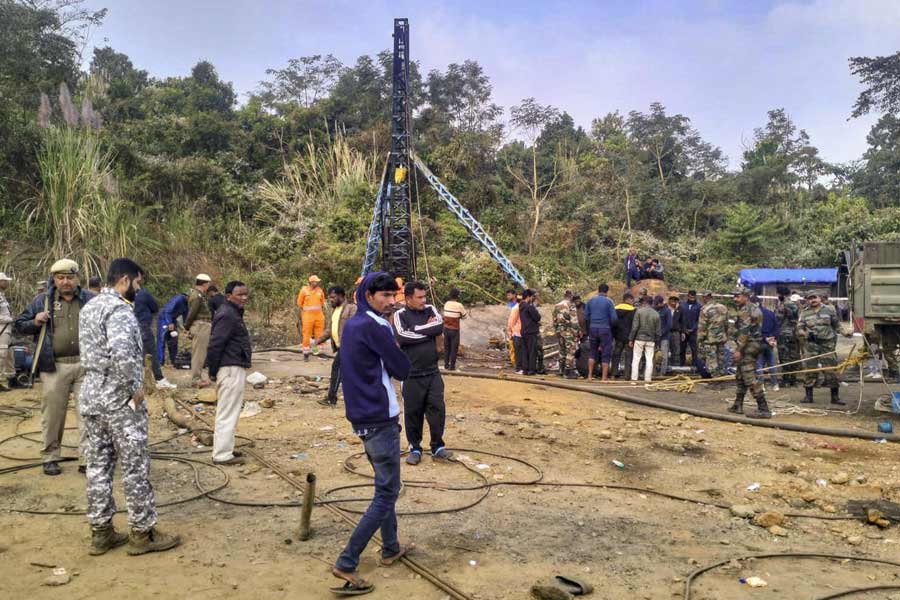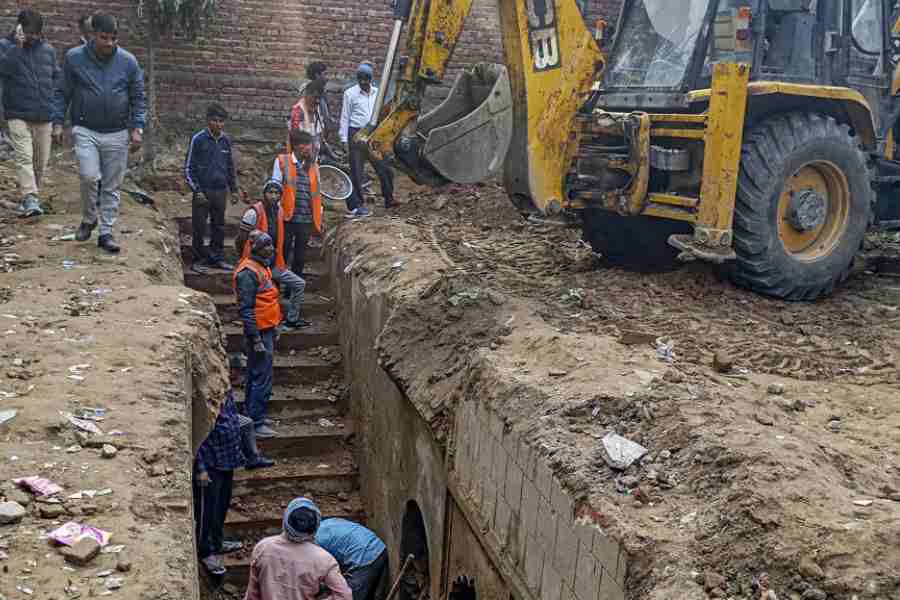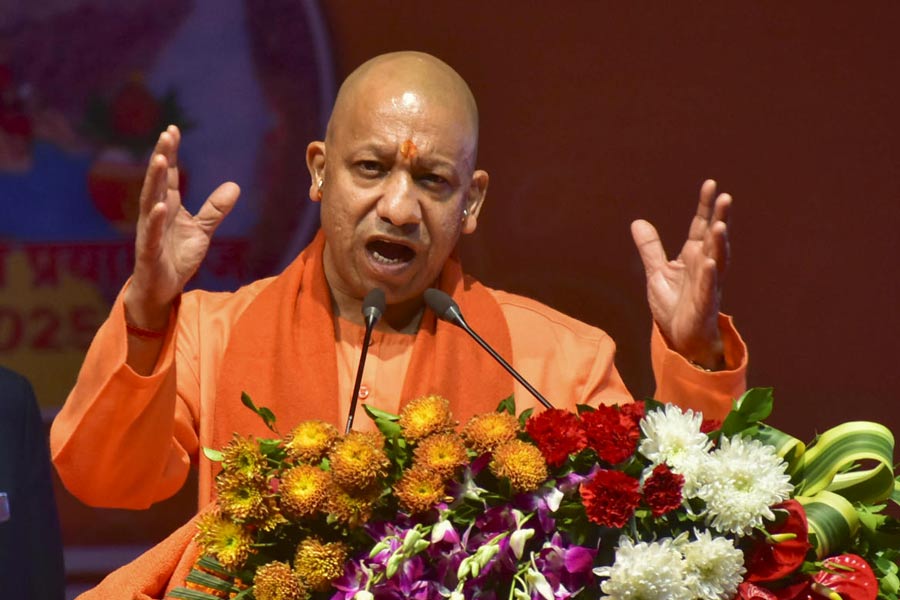Many readers would be familiar with the story of a mountain spring flowing down the slopes of Uttarakut and into Shivtarai in the plains. Shivtarai is a colony of Uttarakut. The waters of the stream sustain the people of Shivtarai.
The royal engineer of Uttarakut, Bibhuti, succeeds in impounding the waters of the spring behind a dam after much endeavour. The stream, the machine that helped build the dam, and the dam are matters of interest in the story. The three characters — the prince, Yuvaraja Abhijit, the royal engineer, Bibhuti, and the ruler of Uttarakut, Ranajit — dominate the narrative. Abhijit and Ranajit have opposing political views. Abhijit is opposed to the construction of the dam because it would become an additional imperialist instrument and enhance Ranajit’s authority over the people of Shivtarai. Abhijit is able to breach the dam but is washed away by the gushing waters.
The story is worth recollecting because the 17th Lok Sabha has been constituted and the new administration has taken charge. The erstwhile ministries of water resources and drinking water and sanitation have been merged into what has been christened as the ‘Jal Shakti’ ministry. Gajendra Singh Shekhawat, the representative of the Jodhpur Lok Sabha constituency, will helm the integrated ministry dealing with water issues. The choice of Shekhawat is possibly a brilliant idea since his constituency receives little precipitation and his actions might be shaped by the value attached to water by his constituents. However, this could also mean that Shekhawat might be tempted to transfer water from supposedly ‘water surplus’ areas to those like the one he represents. He might also lend credence to the idea of freshwater going to waste into the sea. Ecologists rightfully find these ideas horrendous; so should the people of ‘water surplus’ areas.
Inter-basin transfer involves moving of water from a watershed with supposedly a surplus (donor basin) to a watershed suffering from a shortage (recipient basin). It would require dredging and installation of pipes, as well as other diversion and storage structures. The water is transferred primarily to alleviate water scarcity in the recipient basin and travels long distances via complex pipelines and canal systems. Other reasons could include recipient basin hydropower generation and navigation route expansion, both important and on the radar of the current administration.
Inter-basin transfers are controversial since the environmental and socio-economic consequences for the donor basin can be high and difficult to predict, particularly for communities downstream from the donor basin. Due to changes in river dynamics, such transfers could negatively affect the ecosystem balance, including water quality and flora and fauna, and disrupt water-dependent activities or access in the donor basin. Besides, such schemes are costly and time consuming. They needlessly enhance State authority over people. There could also be potential negative environmental impacts in areas hosting transfer structures. Environmentalists find such schemes to be neither viable nor sustainable.
Inter-basin transfers are usually regulated by law, but the current administration may not face a problem in getting enabling laws enacted. In the absence of characters like Abhijit, what recourse do the downstream communities of the donor basin have? Possibly, law of torts; courts have the fundamental power to prevent harm. Should the downstream communities of donor basins be harmed in any way due to inter-basin water transfer and not be adequately compensated for it, they could follow the example of 886 Dutch citizens who successfully sued their government for failing to protect them from climate change. Four years ago, a court in The Hague ruled that the Dutch government’s stance on climate change was illegal. Ecological activists wishing to protect species, habitats and ecosystems of donor basins might stand a better chance if they were to consider the downstream human communities as part of the ecosystem and articulate the harm inflicted on them and the amount of compensation required to be paid to them if the judiciary in India is inspired by the Dutch example of issuing rulings based on constitutional and human-rights doctrines. However, it is only the economic aspect that is likely to deter Shekhawat and others from pursuing the idea of inter-basin water transfer.
For those not in the administration or in the business of law-making but concerned with the ecological and socio-economic outcomes of river interlinking, Muktadhara, for those well versed in Bengali, or the ‘Waterfall’, in English, both published in 1922, would be illuminating. Tagore’s drama is more a play of symbols than of characters and incidents. They are important only in so far as they stand for an idea. While Ranajit symbolizes imperialism, Bibhuti symbolizes science divorced from humanity, and Abhijit symbolizes political and economic concepts diametrically opposed to those held by Ranajit and Bibhuti.


